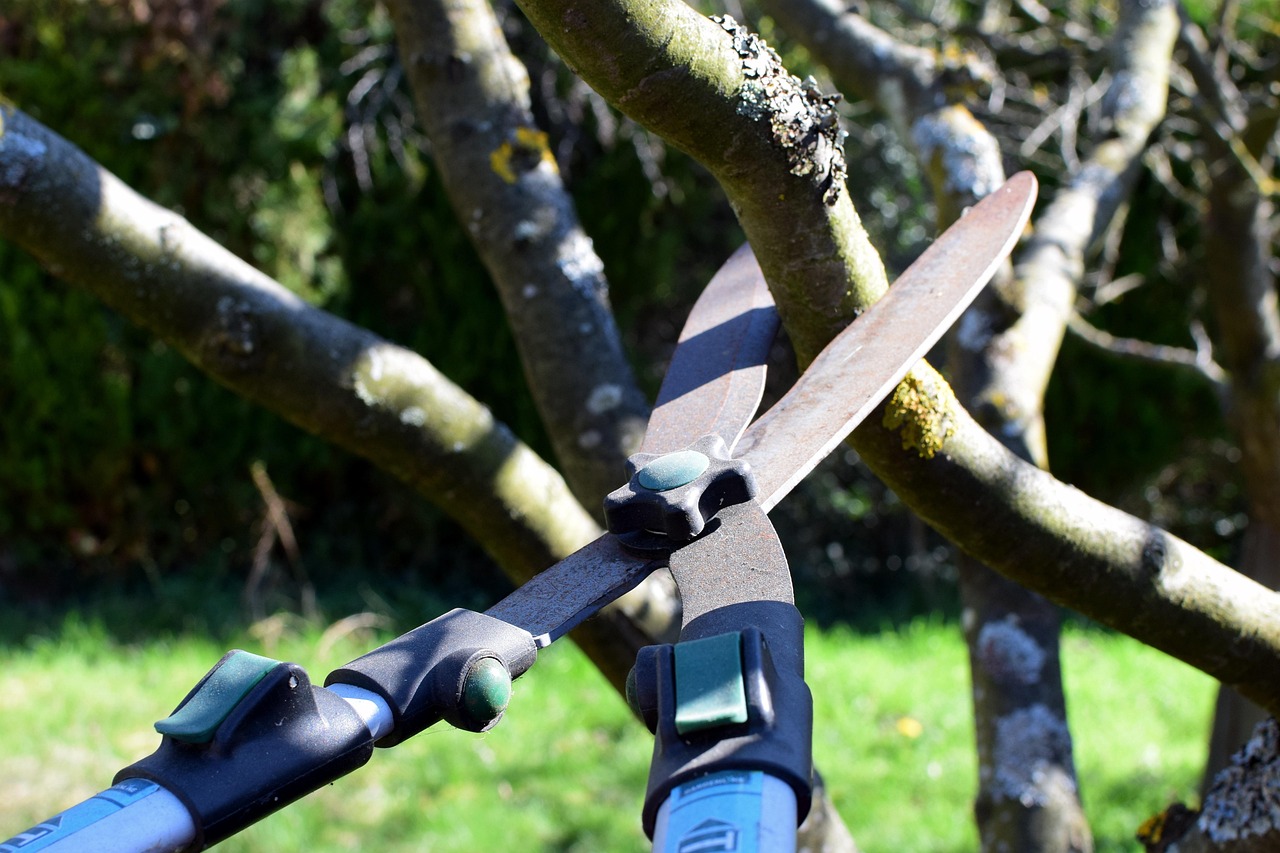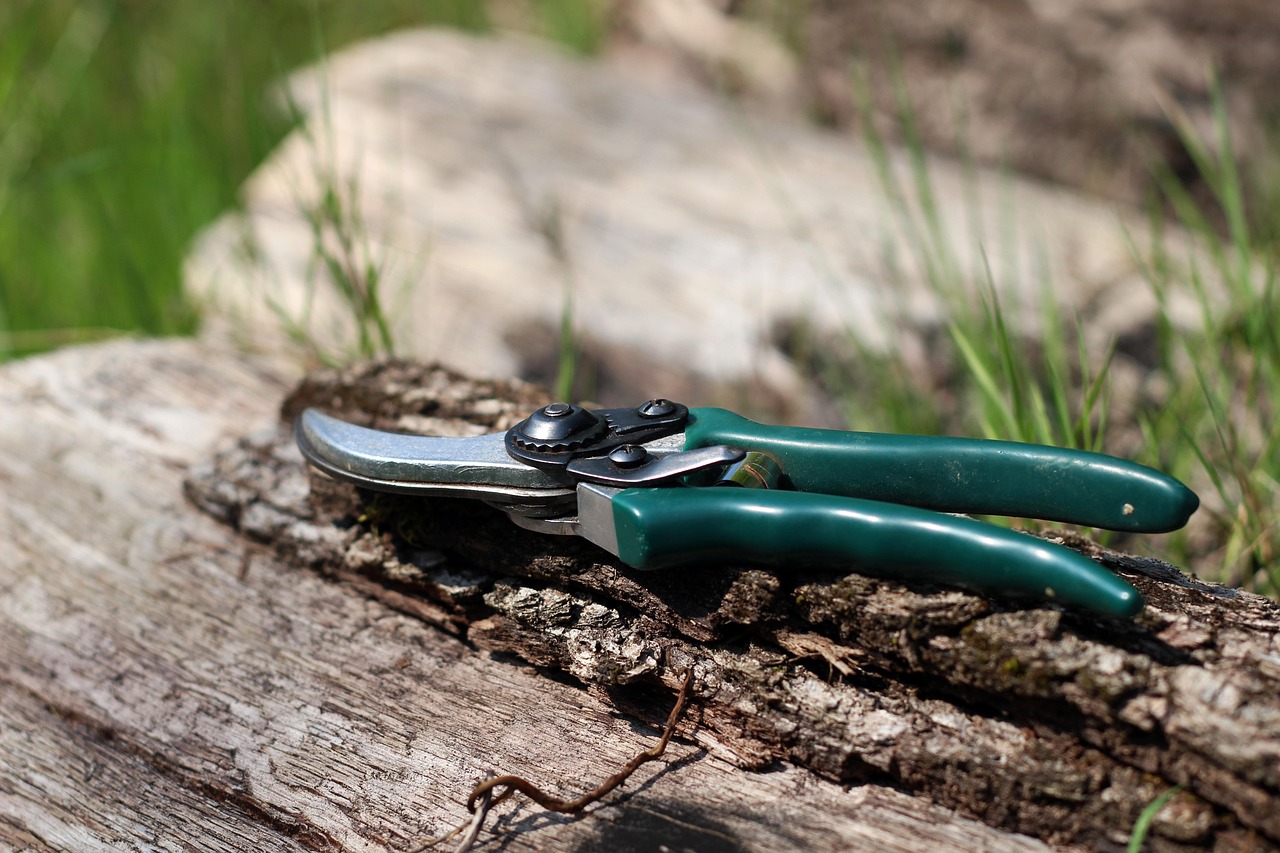Enhance your tree care skills with top-certified programs like ISA and TCIA. These certifications focus on safety, tree biology, and pruning techniques, boosting credibility, client trust, and career opportunities. Continuing education and hands-on practice are essential for staying current and ensuring healthy, well-maintained trees in urban and rural landscapes.
Understanding Tree Pruning Certification
I always like to start by sharing that tree pruning is a crucial practice in maintaining healthy, beautiful landscapes. I’ve learned through personal experience that it involves a careful, targeted removal of branches, buds, or even roots, depending on the situation. When I began my journey, earning a certification transformed the way I approached each job. It wasn’t just about cutting; it was about understanding the tree’s health and ensuring safety. Plus, being certified gave me a confidence boost—clients trust me more when I have a recognized credential in hand.

I always recommend looking into programs offered by reputable organizations. These courses are a mix of hands-on practice, classroom instruction, and assessments, which I found invaluable. They cover everything from tree biology to industry standards. I remember the first time I learned to identify signs of disease or stress—knowing the science behind it made me more effective. As urban areas expand, having this certification has become even more vital for professionals like us.
| Certification Program | Organization | Duration | Focus Areas |
|---|---|---|---|
| Certified Arborist | International Society of Arboriculture (ISA) | Varies | Tree biology, pruning, safety |
| Tree Care Industry Association (TCIA) Certification | TCIA | Varies | Tree pruning, safety standards |
| Landscape Industry Certified Technician | National Association of Landscape Professionals (NALP) | Varies | Pruning techniques, plant health |
| Certified Tree Worker | ISA | Varies | Hands-on tree care skills |
From my experience, earning certification not only sharpened my skills but also opened doors I didn’t even know existed—more clients, better job positions, and a higher level of trust. I always tell fellow aspiring tree care professionals that credentials from recognized organizations carry weight and can set you apart.

Pro-Tips
When I first started practicing tree pruning, I underestimated how crucial proper tool maintenance is. Dull or dirty blades can cause uneven cuts, stress on the tree, and even injuries. Now, I always make it a point to clean and sharpen my tools regularly before each job.
Early in my career, I was tempted to take shortcuts during pruning to save time. However, I quickly learned that rushing can lead to improper cuts that might damage the tree or compromise safety. Patience and attention to detail are essential—it’s better to do it right than to rush through a job.
I once tried to diagnose tree health without sufficient knowledge, assuming symptoms like leaf discoloration always indicated disease. I wasted time treating the wrong issues until I learned to properly identify signs of pests, disease, and stress through proper training. Now, I always spend time observing the tree’s overall health before proceeding with pruning.
When I first started working in urban environments, I didn’t fully appreciate the importance of clear communication with clients and colleagues. Explaining my pruning plans and safety procedures upfront prevents misunderstandings and keeps everyone safe. Maintaining open dialogue is something I now consider vital.
Finally, I once ignored the significance of continuous education, thinking that certification was enough. I quickly realized that the industry constantly evolves with new techniques, tools, and research. Committing to ongoing learning through workshops, webinars, and industry literature has made a huge difference in my effectiveness and confidence.
The Importance of Education in Tree Pruning
Honestly, I always emphasize that understanding the science behind how trees grow and respond to pruning has been foundational in my work. Early on, I saw firsthand how improper cuts could stress a tree or invite pests. Learning about tree biology helped me make smarter decisions—like knowing why and when to prune certain species. I’ve also seen colleagues rush into pruning without proper safety protocols, which can be dangerous. I always make a point to stress the importance of safety training and proper tool use—something certification programs cover thoroughly.
Pruning Techniques I’ve Learned & Use
Over time, I’ve come to master various pruning techniques through certification courses, and I always tailor my approach based on the tree species and health conditions. Here are some techniques I regularly use:

- Crown Thinning: I always remove select branches to improve light and airflow—this keeps the tree healthier and stronger.
- Crown Raising: Elevating the lower branches helps with clearance and visibility, which is especially useful in urban landscapes.
- Crown Reduction: When a tree gets too big, I carefully shorten branches while maintaining its natural shape—I’ve seen this prevent hazards and prolong the tree’s life.
- Cleaning: Removing dead or diseased limbs is second nature now—it’s crucial for prevention and overall health.
Each technique requires judgment and experience, and I always advise to use them thoughtfully to avoid harming the tree or creating safety hazards.
The Future of Tree Care Certification I’ve Observed
From my perspective, the future looks bright. With the rise of urban forestry and sustainability efforts, certified professionals will be key players. I’ve noticed topics like ecological benefits and climate resilience becoming part of advanced training. Technology is also transforming our field—drones, laser devices, and smart apps are tools I’ve integrating into my practice. I always keep learning, because staying current means better service and safer trees.

Why Certification Has Made a Difference in My Career
For me, certification isn’t just a badge—it’s a testament to my dedication. It helped me stand out in a competitive market, earn higher-paying clients, and build trust with property owners. I always encourage others to see certification as an investment in their future. Continuing education, networking, and advocacy are also vital—I make it a point to attend workshops, participate in local tree planting events, and stay engaged with industry groups.
Lifelong Learning & Community Impact
I’ve found that ongoing education keeps me sharp and up-to-date. I regularly read industry journals, attend webinars, and take advanced courses. Sharing knowledge with clients and community members about the importance of healthy trees and sustainable practices has been personally rewarding. I always tell friends in the field that our work impacts not just individual trees but whole communities—improving air quality, safety, and beauty.
Wrapping Up: From My Experience to Yours
If I could give one piece of advice, it’s this: pursuing a tree pruning certification changed my professional life for the better. It’s more than just a credential; it’s a commitment to excellence, safety, and sustainability. The field keeps evolving, but with continuous learning and a passion for trees, we can make a real difference. I always remind fellow tree care enthusiasts that every well-pruned tree is a testament to our skill and care—let’s keep growing and learning for the health of our communities and the environment.
